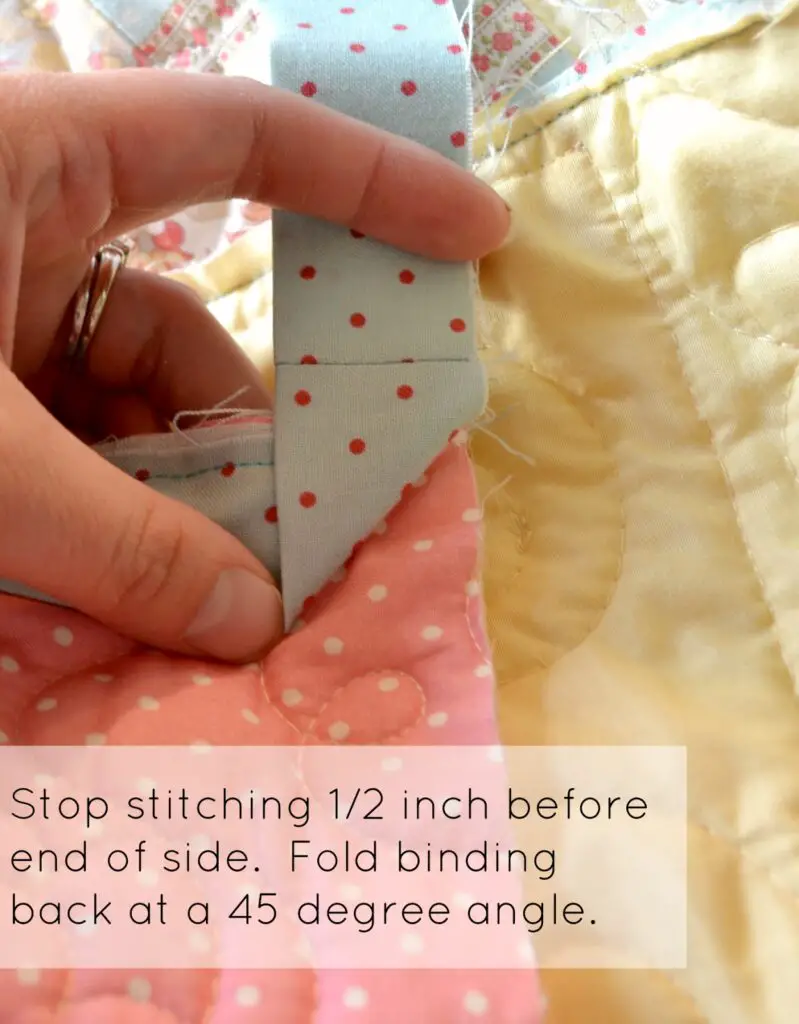Are you looking for the perfect measurement for double fold quilt binding and wondering how wide to cut it? This article will provide you with the answers you need to get the perfect measurement for your next quilting project. We’ll cover everything from the standard measurement for double fold quilt binding to the best ways to measure and cut your binding strips. With this information, you’ll be able to get the perfect measurement every time.
What is Double Fold Quilt Binding?
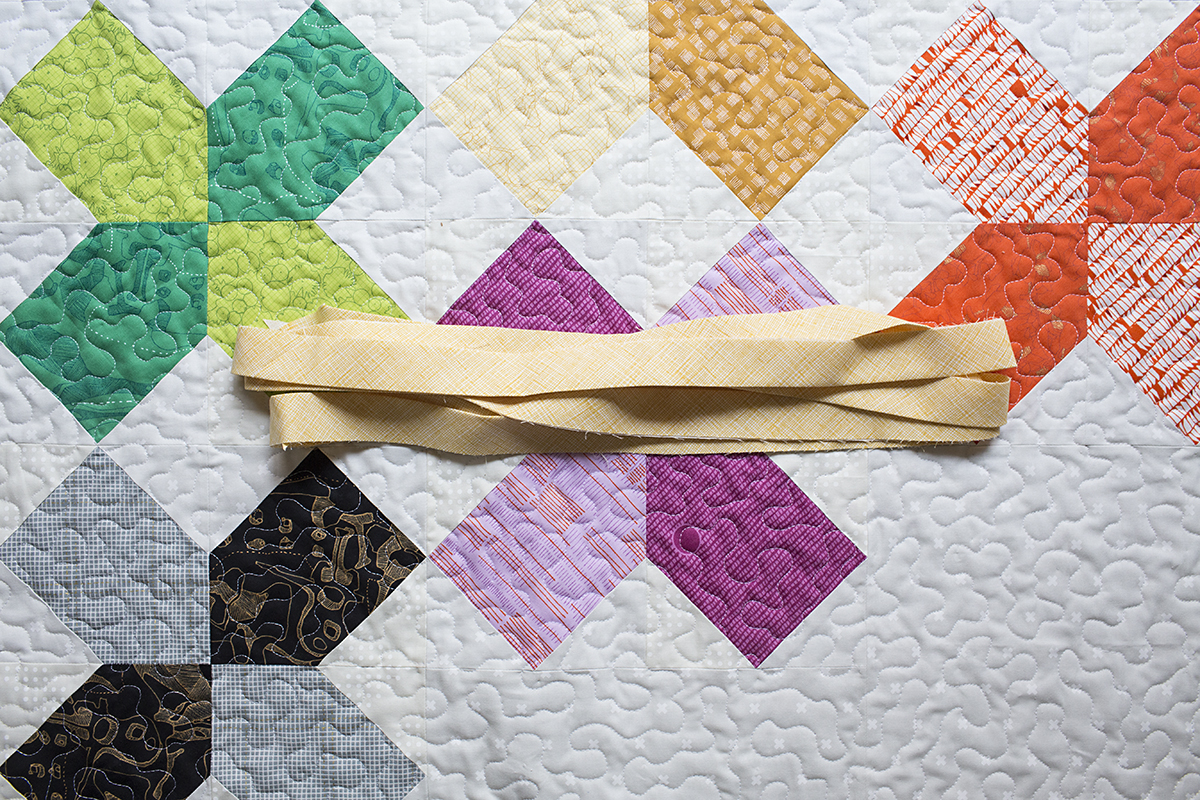
Double fold quilt binding is a method of finishing a quilt by encasing the raw edges in binding fabric. This process gives the quilt a professional, finished look and protects the edges from fraying. Double fold binding is made from a single strip of fabric that is folded lengthwise, then folded in half again. This makes two folds that enclose the raw edges of the quilt.
- Durable: Double fold quilt binding is more durable than other methods of quilt edging, such as using bias tape or twill tape. The two folds enclose the raw edges of the quilt, providing extra protection from wear and tear.
- Attractive: Double fold quilt binding gives the quilt a neat, finished look that is more attractive than other edging methods. It can also be used to add a splash of color to the quilt, as the binding fabric can be chosen to contrast with the quilt top.
- Versatile: Double fold quilt binding can be used on any type of quilt or quilted project, from small potholders to large bed quilts. It is also a great way to add a unique touch to a quilt, as the binding fabric can be chosen to match the quilt’s design or to add an unexpected pop of color.
To create double fold quilt binding, you will need to cut your fabric into strips that are twice as wide as the desired finished binding. For example, if you want a finished binding that is 1/2 inch wide, you will need to cut your fabric strips 1 inch wide. Once the strips are cut, they can be sewn together to form the double fold binding. For more information on how to make extra wide quilt binding, please check out our tutorial How to Make Extra Wide Quilt Binding.
What is the Perfect Measurement for Double Fold Quilt Binding?
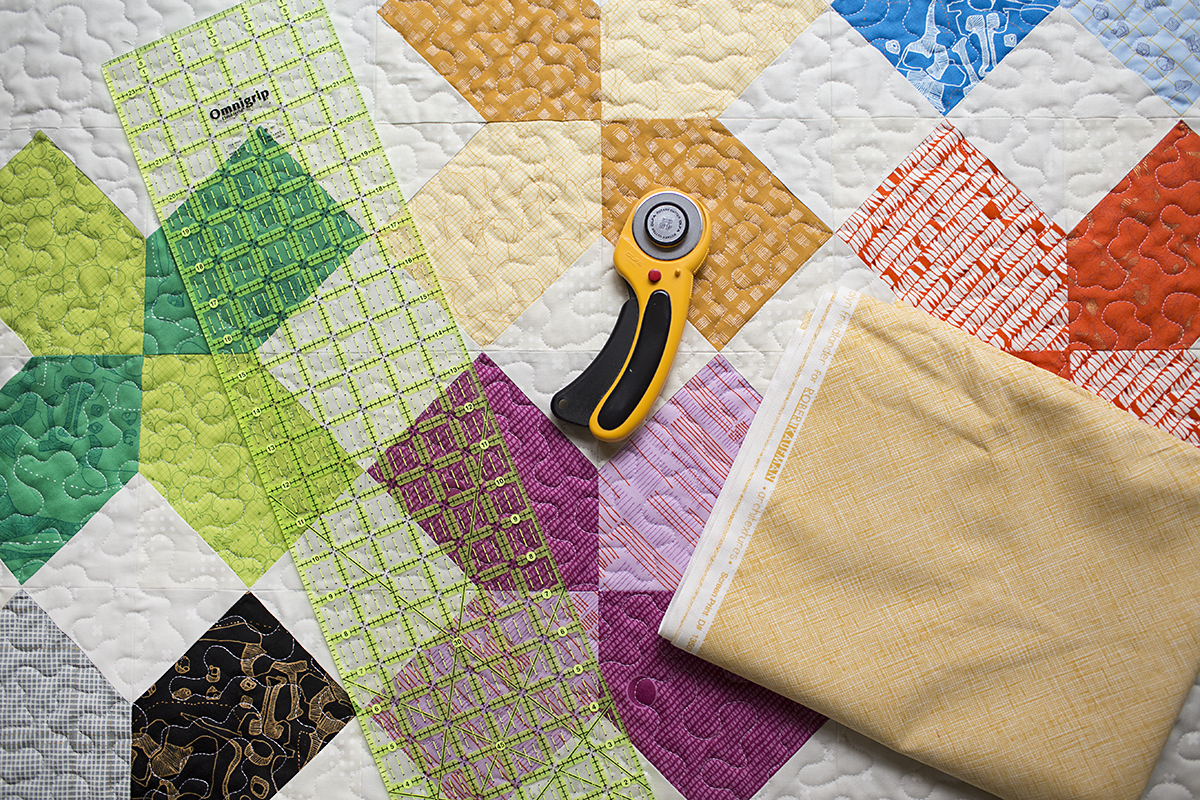
Standard Width
The standard width for double fold quilt binding is 2.5 inches. This measurement is suitable for most quilts and provides enough overlap when joining the binding pieces.
Extra Wide
For larger quilts or heavier fabric, you may need to cut the binding a bit wider. In this case, you should use a 3 inch binding for extra coverage. This is especially important when binding thick quilts or quilts made from heavier fabrics.
How to Cut Double Fold Quilt Binding
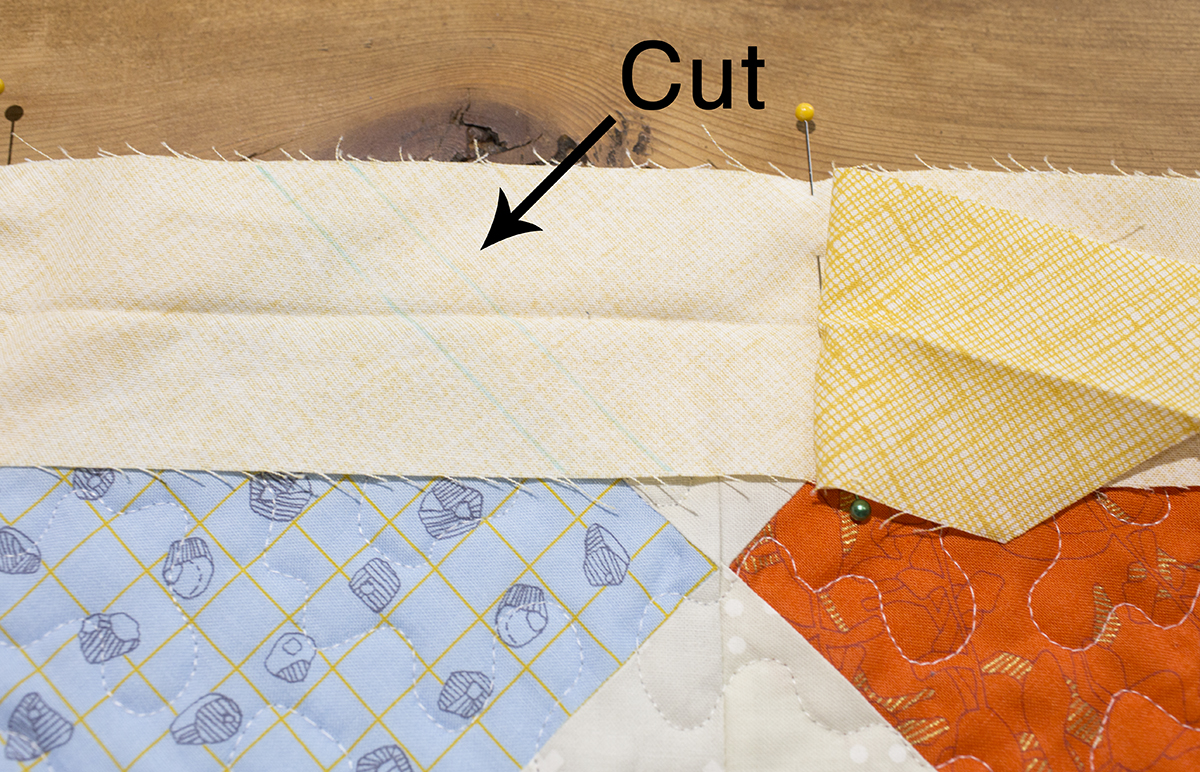
Standard Width
The standard width for double fold quilt binding is 2¼ inches. The standard binding width allows for a neat and professional-looking finish. To achieve this width, cut the strips of fabric to 2½ inches wide and then fold in half lengthwise, creating a double layer of fabric.
Make sure to press the fold before sewing.
Extra Wide
If you want a wider binding, cut the strips of fabric to 3½ inches and fold in half lengthwise. This will give you a binding width of 1¾ inches. Press the fold and sew to finish the binding. This extra wide binding is great for quilts that will receive extra wear and tear.
How to Sew Double Fold Quilt Binding
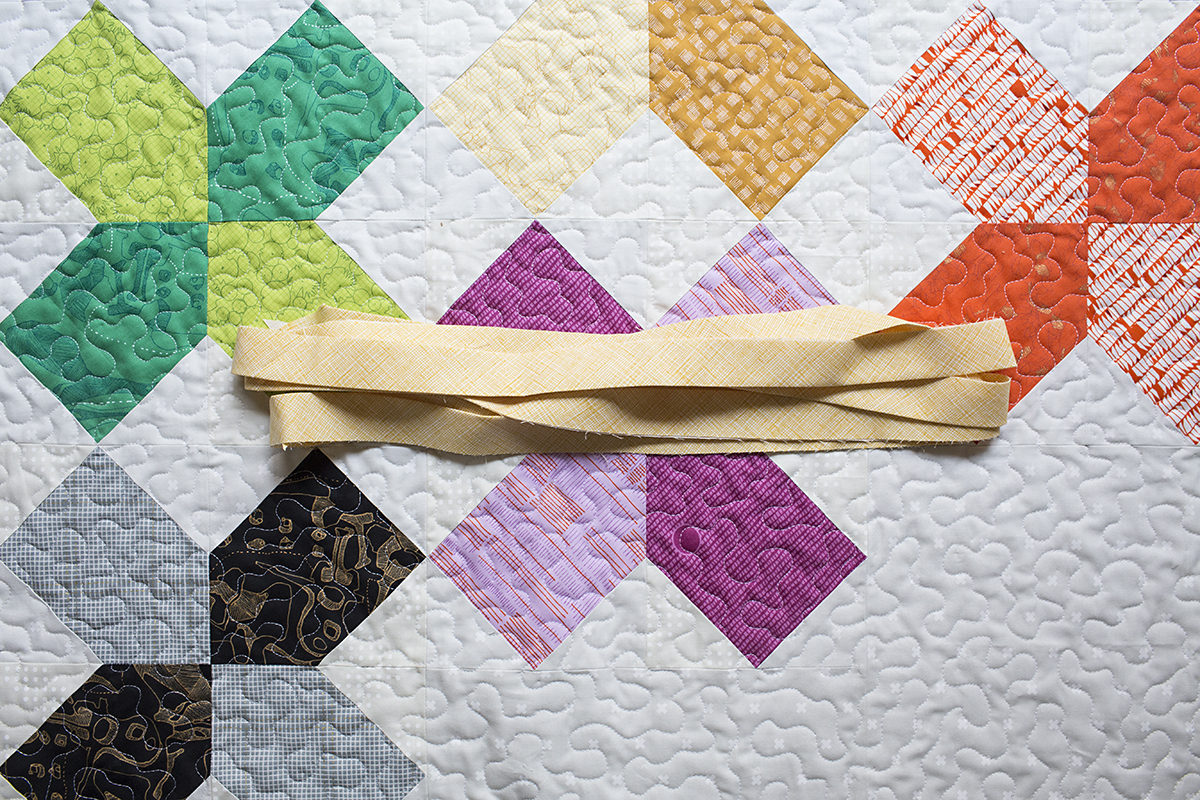
Standard Width
For standard width double-fold binding, cut strips of fabric that are 2 1/2 inches wide. This is the most common size binding used on quilts.
Extra Wide
For extra wide binding, cut strips that are 3 inches wide. This width is best used on larger quilts, such as queen or king-sized quilts. It is also used if the quilt will be washed often, such as a baby quilt or a quilt used frequently.
Tips and Tricks for Double Fold Quilt Binding
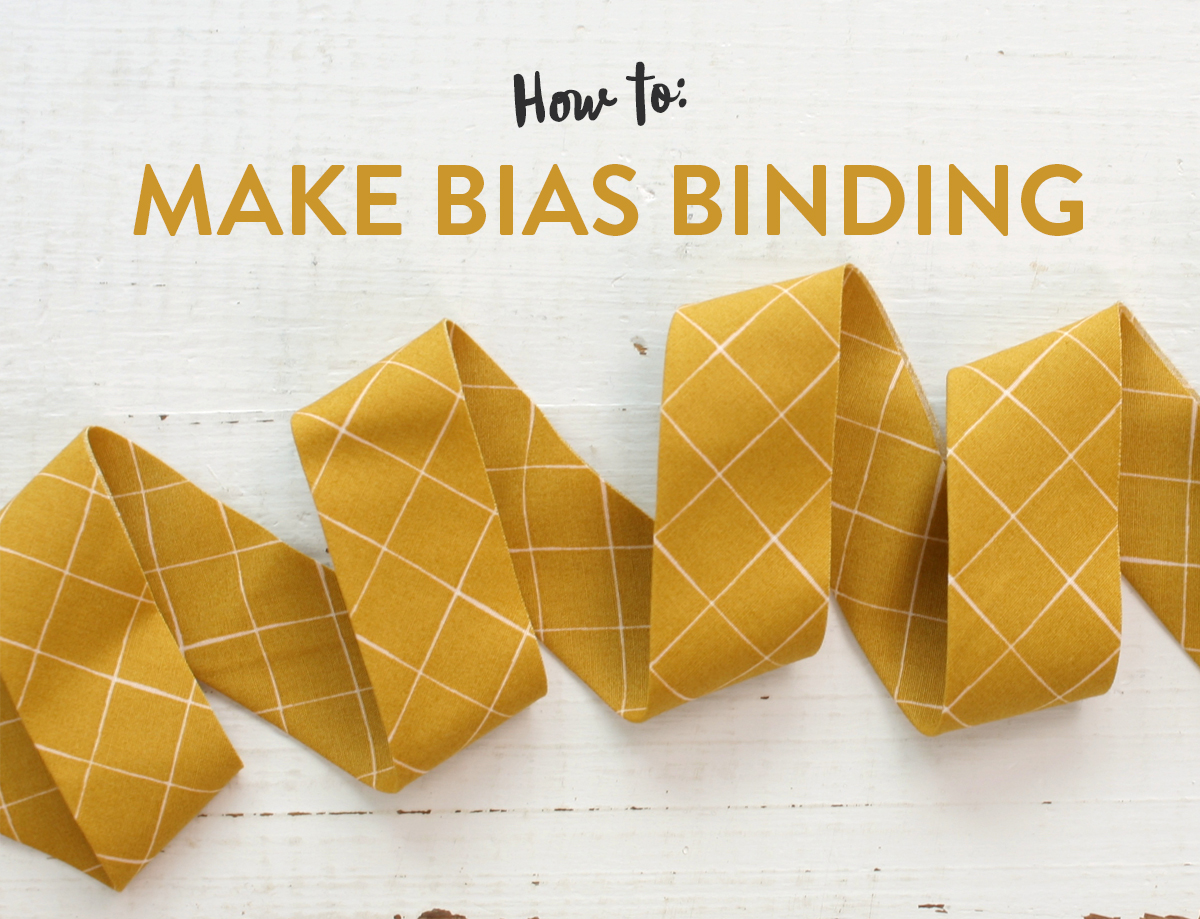
Measure Twice, Cut Once – Before cutting the binding, measure the quilt top and calculate the length of binding needed. It’s important to measure twice to make sure the binding will be long enough.
Cut Binding Strips on the Bias – For a more flexible binding that moves with the curves of the quilt, cut the binding strips on the bias.
Check the Length of the Strips – Measure the length of each binding strip to make sure it is long enough for the quilt.
Create Mitered Corners – To achieve a neat and professional finish, miter the corners of the binding.
Sew the Binding Strips Together – Join the strips together to create one long piece. Use a ¼ inch seam allowance to join the strips.
Press the Seam Open – After joining the strips together, press the seam allowances open.
Fold the Binding in Half – Fold the binding in half lengthwise and press to create the double fold binding.
Attach the Binding to the Quilt – Attach the binding to the quilt using a ½ inch seam allowance. Begin in the center of one side of the quilt and work your way around.
Miter the Corners – As you work your way around the quilt, miter the corners of the binding.
Secure the End of the Binding – Secure the end of the binding by hand stitching the folded edge to the back of the quilt.
Troubleshooting
- Quilt binding won’t lie flat: If the quilt binding is too narrow, it won’t lie flat and can cause puckering of the quilt edge. Cut the binding slightly wider to allow it to lie flat.
- Quilt binding doesn’t fit: If the quilt binding isn’t wide enough to fit the quilt edge, it will be difficult to fold over and attach. Cut the binding slightly wider to fit the quilt edge.
- Quilt binding is fraying: If the quilt binding is cut too wide, it can fray and cause the quilt to unravel. Cut the binding slightly narrower to reduce the amount of fraying.
Frequently Asked Questions
What Types of Quilts Require Double-Fold Binding?
Quilts with curved edges, such as log cabin, scallop, or hexagon quilts, require double-fold binding to create a rounded edge. Quilts with appliqué detail or multiple layers of fabric also need double-fold binding to keep the edges secure and enhance the overall look.
What is the difference between double-fold and single-fold quilt binding?
Double-fold quilt binding is two layers of fabric that are folded in half and sewn to the edges of the quilt. It provides a thicker, more durable quilt binding than single-fold binding. Single-fold quilt binding is a single layer of fabric that is folded in half and sewn to the edges of the quilt. It is more lightweight than double-fold binding.
How do I Know When My Binding is the Correct Width?
- Measure the Quilt Edge: Measure the quilt edge to calculate the width of the binding. The binding should be cut to a width that is slightly larger than the quilt edge.
- Test the Fit: Before attaching the binding, test the fit by pinning the binding to the quilt edge. If the binding is too wide, trim the binding until it is slightly larger than the quilt edge.
- Attach the Binding: Sew the binding to the quilt edge to complete the project. If the binding is too wide, it will not lay flat and the sides of the quilt will not be protected.
Is there a difference between pre-made and handmade quilt binding?
-
Pre-made quilt binding:
- Comes in a variety of colors
- Easily available in craft stores
- Ready-to-use, no preparation required
- Can be machine-sewn, but not always recommended
- Can be customized with matching or contrasting fabrics
- Requires preparation, including cutting and pressing
- Should always be hand-sewn for best results
Handmade quilt binding:
The main difference between pre-made and handmade quilt binding is the degree of customization. Pre-made binding is easy to use and comes in a variety of colors, but it cannot be customized to match the quilt fabric. Handmade binding is more time consuming, but it allows the crafter to customize the binding with fabrics that match or contrast the quilt. Additionally, handmade binding should be hand-sewn for best results, while pre-made binding can be machine-sewn depending on the fabric.
What are the benefits of double-fold quilt binding?
- Durability: Double-fold quilt binding provides extra durability and strength, preventing the quilt from fraying and becoming damaged over time.
- Protection: It helps protect the edges of the quilt from wear and tear and also keeps the batting from slipping out of the quilt.
- Finishing: Double-fold quilt binding adds a beautiful finish to the quilt and gives it a professional look.
- Flexibility: Double-fold quilt binding offers more flexibility in terms of how wide it can be cut and how it can be stitched on the quilt.
Conclusion
For most quilt projects, a double fold quilt binding of 2 1/4” is the perfect measurement for a professional finished look. Whether hand sewing or machine stitching, this width allows for an even binding that will last for years to come. For a more ornamental look, a wider double fold quilt binding can be cut to give the quilt a unique and attractive finish.
